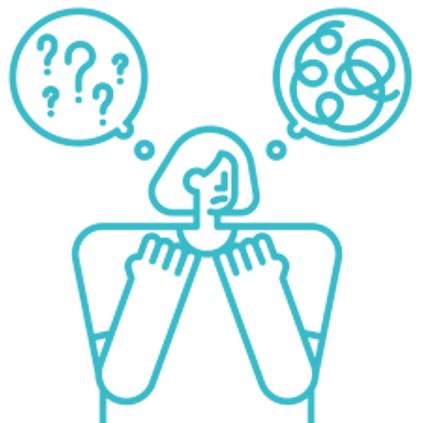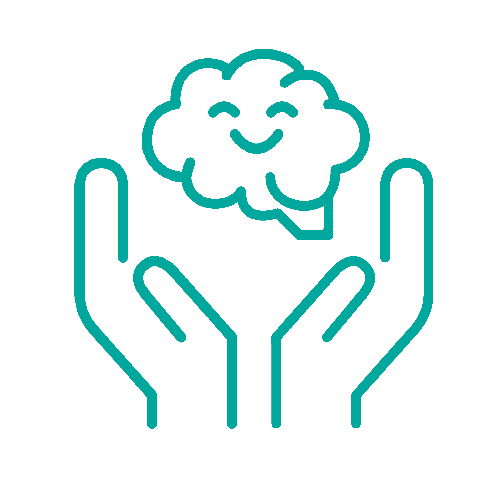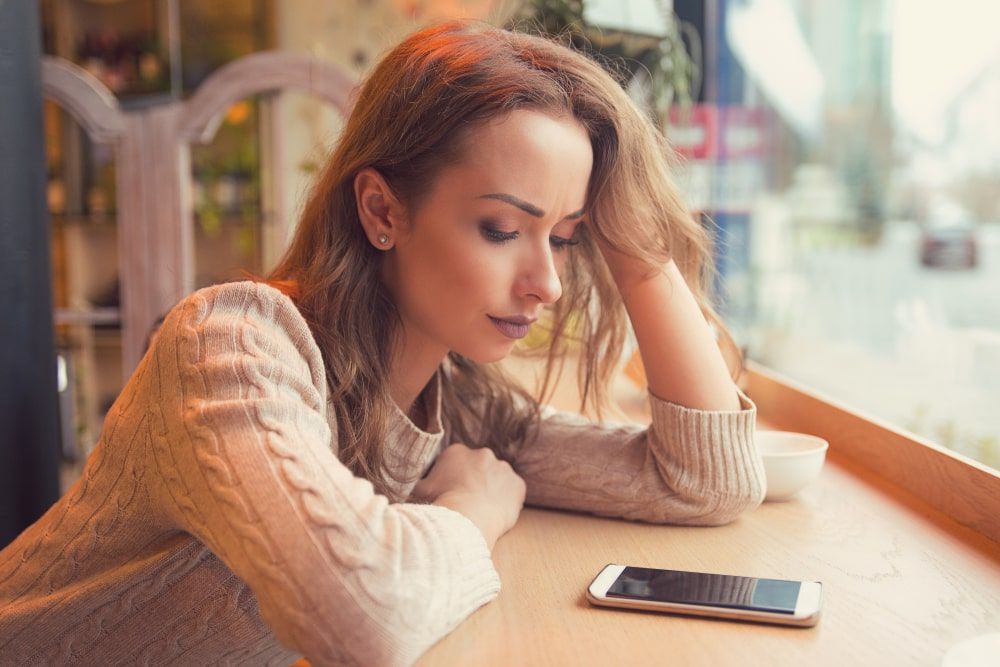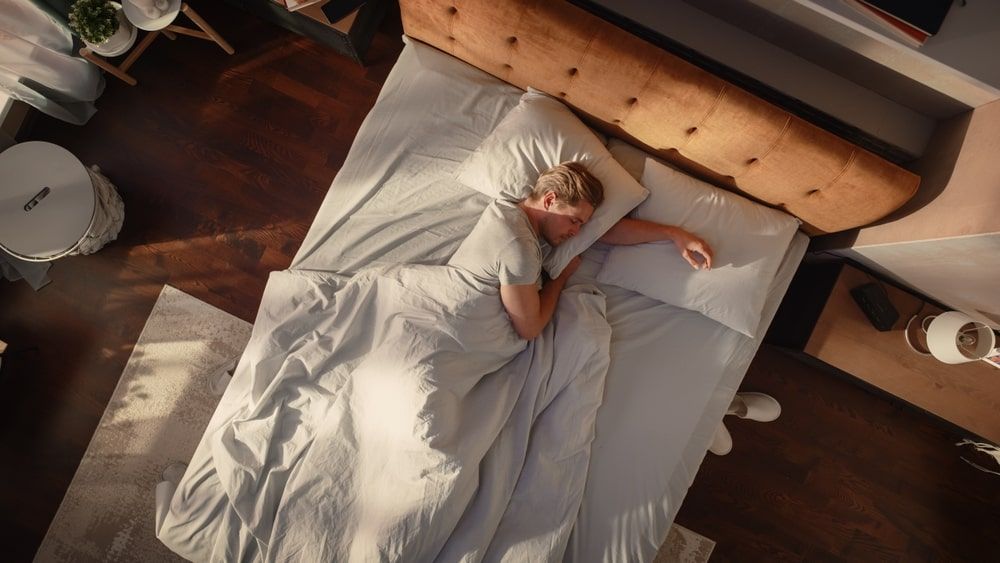Valentine’s Day, with its romantic allure and societal expectations, can evoke a whirlwind of emotions for many individuals. From the pressure to orchestrate the perfect romantic gesture to the fear of falling short of societal standards, this holiday has the potential to stir up anxiety in even the most steadfast hearts. But why does Valentine’s Day, a day dedicated to love and affection, often spark such intense feelings of unease? Delving into the complexities of anxiety and the unique stressors associated with this holiday sheds light on the matter and emphasizes the importance of striving for an anxiety-free Valentine’s Day experience. In this blog, we’ll explore the roots of Valentine’s Day anxiety, offering insight into the triggers that contribute to this phenomenon. Additionally, we’ll provide six practical tips to help you navigate Valentine’s Day with grace and ease, ensuring that the day remains a celebration of love, both for others and for yourself.
Understanding Anxiety
Anxiety is a common and natural response to stress or perceived threats, which can unfortunately dampen the hopes for an anxiety-free Valentine’s Day celebration. It’s a complex emotion that encompasses feelings of worry, nervousness, or unease about future events, often accompanied by physical sensations such as increased heart rate, sweating, and muscle tension. While occasional feelings of anxiety are a normal part of life, persistent or excessive anxiety that interferes with daily functioning may indicate an anxiety disorder.
Anxiety disorders are a group of mental health conditions characterized by excessive and uncontrollable worry or fear that significantly impacts a person’s quality of life. These disorders can manifest in various forms, including generalized anxiety disorder (GAD), panic disorder, social anxiety disorder, and specific phobias, among others.
Individuals with anxiety disorders may experience a range of anxiety symptoms, including:
- Persistent and excessive worry about various aspects of life, such as work, relationships, health, or finances.
- Difficulty controlling or managing worry, even when there’s no apparent cause for concern.
- Physical symptoms, such as muscle tension, restlessness, fatigue, difficulty concentrating, and sleep disturbances.
- Irrational or exaggerated fears of specific situations, objects, or activities (phobias).
- Panic attacks, characterized by sudden onset of intense fear or discomfort, often accompanied by physical symptoms like chest pain, shortness of breath, and dizziness.
- Avoidance behaviors, where individuals go to great lengths to avoid situations or triggers that provoke anxiety.
It’s important to recognize that anxiety is not simply a matter of “overthinking” or being overly sensitive. It’s a complex interplay of genetic, biological, environmental, and psychological factors that contribute to an individual’s experience of anxiety. Additionally, anxiety disorders are highly treatable, and various therapeutic approaches, including cognitive-behavioral therapy (CBT), medication, mindfulness practices, and lifestyle modifications, can help individuals manage their symptoms and improve their overall well-being.
In the context of Valentine’s Day, anxiety may arise from the various stressors associated with the holiday , posing challenges to achieve an anxiety-free Valentine’s Day. such as expectations to meet societal norms, fear of disappointing one’s partner, or feelings of loneliness for those who are single. By understanding the nature of anxiety and its potential triggers, individuals can develop coping strategies to navigate Valentine’s Day and mental health, as well as other challenging situations with greater resilience and self-awareness.
Why does Valentine’s Day create so much anxiety?
Valentine’s Day, with its romantic connotations and societal expectations, can indeed be a source of anxiety, posing challenges for those seeking an anxiety-free Valentine’s Day experience. Several triggers can exacerbate feelings of anxiety for individuals, whether they are in a relationship or single, on this particular day. Here are some common triggers:
Pressure to Meet Expectations:
The cultural narrative surrounding Valentine’s Day often sets the bar high for expressions of love and affection, making it challenging for individuals to achieve an anxiety-free Valentine’s Day. From extravagant gifts to elaborate date nights, there’s an implicit expectation to go above and beyond to demonstrate one’s love for their partner. This pressure can create anxiety as individuals worry whether their efforts will be enough to convey the depth of their feelings adequately.
Comparison to Others:
In today’s digital age, social media platforms are flooded with curated images of seemingly perfect Valentine’s Day celebrations. From luxurious dinners to elaborate surprises, these idealized portrayals can fuel feelings of inadequacy and FOMO among those whose own plans may not measure up. The constant exposure to these images can intensify the sense of pressure to create a similarly flawless experience.
Fear of Disappointing Partner:
Couples may find themselves grappling with the fear of falling short of their partner’s expectations on Valentine’s Day. Whether it’s failing to plan the perfect evening or selecting the ideal gift, the prospect of disappointing their loved one can be daunting. This fear of letting down their partner can manifest as stress and anxiety in the days leading up to the holiday.
Relationship Status Anxiety:
For individuals who are single or recently underwent a breakup, Valentine’s Day can serve as a painful reminder of their relationship status. The pervasive focus on romantic love during this time can exacerbate feelings of loneliness and inadequacy, particularly when comparing oneself to those in seemingly happy relationships. Such comparisons may intensify feelings of being left out or undesirable, amplifying the emotional distress experienced.
Commercialization of Love:
Over time, Valentine’s Day has evolved into a heavily commercialized holiday, with retailers capitalizing on the celebration of love. From heart-shaped chocolates to extravagant bouquets, the pressure to purchase expensive gifts and experiences can contribute to financial stress for couples. The expectation to meet these financial demands can further exacerbate anxiety surrounding the holiday, particularly for those on a tight budget.
Past Traumatic Experiences:
For some individuals, Valentine’s Day may be fraught with painful memories associated with past trauma or negative experiences. Whether it’s a breakup, rejection, or the loss of a loved one, the holiday can serve as a trigger for unresolved emotions. These past traumas may resurface during this time, leading to heightened anxiety and distress as individuals navigate their emotions in the context of the holiday.
Recognizing these triggers can help individuals proactively manage their anxiety and develop coping strategies to navigate anxiety-free Valentine’s Day with greater ease and self-compassion. Whether it’s setting realistic expectations, practicing self-care, or seeking support from loved ones, there are various ways to minimize the impact of anxiety on this holiday.
How does anxiety manifest on Valentine’s Day?
On Valentine’s Day, anxiety can manifest in various ways, both physically and emotionally, as individuals navigate the expectations and pressures associated with the holiday. Here’s how anxiety may show up in real-time on Valentine’s Day:
Physical Symptoms:
Anxiety often triggers physical manifestations that can be particularly noticeable on Valentine’s Day. These may include increased heart rate, sweating, trembling, muscle tension, headaches, gastrointestinal discomfort, and fatigue. Individuals may feel on edge or experience difficulty catching their breath, especially in situations where they feel overwhelmed or stressed.
Rumination and Worry:
On Valentine’s Day, individuals prone to anxiety may find themselves caught in a cycle of rumination and worry, obsessing over potential outcomes or worst-case scenarios. They may fixate on whether their plans are adequate, if their partner will be pleased with their efforts, or if they’ll measure up to societal expectations. This incessant worrying can detract from the enjoyment of the day and lead to heightened stress levels.
Avoidance Behaviors:
Some individuals may cope with Valentine’s Day anxiety by engaging in avoidance behaviors, such as withdrawing from social interactions or avoiding situations that trigger their anxiety. They may decline invitations to Valentine’s Day events or shy away from expressing their feelings to their partner out of fear of rejection or disappointment.
Perfectionism:
The pressure to create the perfect Valentine’s Day experience can exacerbate feelings of anxiety for individuals who strive for perfection. They may obsess over every detail of their plans, striving for flawlessness in their gestures or gifts. This pursuit of perfection can lead to heightened stress levels and a sense of dissatisfaction, as they fear falling short of their own or others’ expectations.
Increased Sensitivity to Rejection or Disappointment:
Individuals with anxiety may be more sensitive to perceived rejection or disappointment on Valentine’s Day. They may interpret minor setbacks or deviations from their expectations as evidence of inadequacy or unworthiness. This hypersensitivity can intensify feelings of anxiety and self-doubt, impacting their ability to fully enjoy the day.
Panic Attacks:
In severe cases, anxiety on Valentine’s Day may escalate to panic attacks, characterized by sudden onset of intense fear or discomfort. Individuals experiencing a panic attack may exhibit symptoms such as chest pain, shortness of breath, dizziness, trembling, and a sense of impending doom. These episodes can be distressing and may require immediate intervention and support.
6 Tips to Have An Anxiety-Free Valentine’s Day
Navigating anxiety-free Valentine’s Day can feel like sailing through uncharted waters, but with these practical tips, you can steer your ship with ease:
Set Realistic Expectations:
Just like any other day, Valentine’s Day is just a blip on the calendar. Instead of succumbing to the hype, remind yourself that it’s a single day meant for celebrating love, however you define it. Avoid the pressure to orchestrate a Hollywood-worthy romance and focus on enjoying genuine moments with your partner.
Communicate Openly:
Don’t let anxiety fester in silence. If you’re feeling overwhelmed or apprehensive about Valentine’s Day, open up to your partner. Honest communication is the anchor that keeps relationships steady. By sharing your concerns, you can work together to create a plan that feels comfortable and authentic for both of you, promoting a positive Valentine’s Day mental health experience.
Focus on Self-Care:
Amidst the Valentine’s Day frenzy, don’t forget to prioritize your own well-being, especially for your Valentine’s Day mental health. Treat yourself with the same tenderness you would extend to your partner. Whether it’s indulging in your favorite pastimes, practicing mindfulness, or pampering yourself with a spa day, self-care is your compass to inner peace.
Plan an Alternative Celebration:
Who says Valentine’s Day has to follow the traditional script? Break free from conventions and chart your own course. Get creative and plan an alternative celebration that resonates with your interests and values. Whether it’s a cozy night in, an outdoor adventure, or a virtual gathering with friends, the possibilities are endless.
Practice Gratitude:
In the whirlwind of Valentine’s Day, take a moment to anchor yourself in gratitude. Instead of fixating on what you lack, cherish the love and support that surround you. Whether it’s your partner, friends, family, or even your furry companion, expressing gratitude fosters a sense of contentment and abundance.
Limit Social Media Exposure:
Resist the urge to compare your Valentine’s Day plans to the highlight reels of others on social media. Remember, what you see online is often a carefully curated facade. If scrolling through feeds triggers feelings of inadequacy or FOMO, give yourself permission to unplug and focus on the richness of your own reality.
If anxiety threatens to capsize your Valentine’s Day experience, don’t hesitate to reach out for professional support.
Embracing an anxiety-free Valentine’s Day is essential for enjoying the celebration of love and connection. If you’re seeking a calmer and more relaxed approach to this holiday, know that support is available. At Uncover Mental Health Counseling, we offer a supportive space where you can navigate Valentine’s Day with ease and comfort. A therapist or counselor can provide you with the tools and guidance needed to navigate choppy emotional waters. Remember, seeking help is a sign of strength, not weakness. Here’s how you can get started:
- Reach out for a free 15-minute consultation: Taking the first step towards an anxiety-free Valentine’s Day is simple. Contact us for a complimentary 15-minute consultation at Uncover Mental Health Counseling. It’s a chance to discuss your concerns and explore strategies for managing anxiety during this holiday.
- Meet with a NYC anxiety therapist: Once you’re ready, meet with an anxiety therapist who understands the pressures of Valentine’s Day. Together, we’ll develop personalized techniques to help you relax and enjoy the holiday, whether you’re celebrating solo or with a partner.
- Celebrate with ease: Armed with coping strategies, you can approach Valentine’s Day with confidence. Embrace self-care, set boundaries, and focus on activities that bring you joy. With our support, you can navigate Valentine’s Day with a sense of calm and fulfillment.






































